Disclosure: This article contains affiliate links. We may earn a commission from purchases at no extra cost to you, which helps our travel content.
G'day history buffs! After my third nursing conference in Poland this year (yes, somehow I've become the designated 'Poland expert' on my hospital floor), I finally carved out a glorious weekend to explore Poznan properly. While most tourists get their obligatory photos of the Old Town's colorful buildings and call it a day, I'm here to administer a proper dose of the city's hidden historical gems. Like finding a patient's hidden vein on the first try, discovering these overlooked treasures gave me that same satisfying rush – and the best part? They won't drain your travel budget faster than an uninsured hospital stay!
1. Cytadela Park: Where War Memories Whisper Among Picnickers
Imagine a massive fortress-turned-park where Soviet tanks and military equipment now serve as jungle gyms for local children. Welcome to Cytadela Park, built on the remnants of Fort Winiary, once one of Europe's largest military fortifications.
During my visit, I stumbled upon two contrasting military cemeteries – one Polish, one Russian – a sobering reminder of how war makes equals of us all. The morning fog created an eerie atmosphere as I wandered through, making me grateful for my thermal travel mug filled with hot coffee to ward off both the autumn chill and the somber mood.
The Museum of Armaments inside the park houses an impressive collection of military equipment, but what truly captivated me was watching local families picnicking beside these monuments to conflict. Life and death, joy and sorrow, all coexisting in this sprawling green space. It reminded me of how we nurses often find moments of laughter even in hospital corridors – humans are remarkably adaptable creatures.
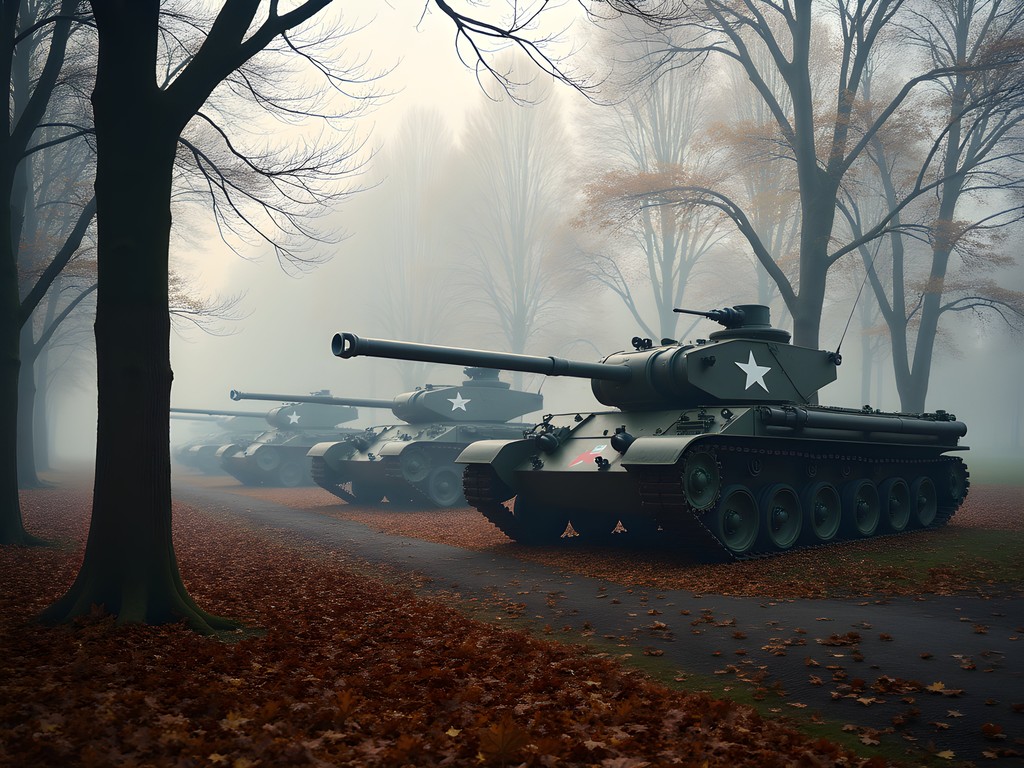
💡 Pro Tips
- Visit early morning on weekdays to avoid local crowds
- The park is massive, so wear comfortable walking shoes
- Bring a picnic lunch to enjoy like the locals do
2. Fort VII: Poznan's Haunting Holocaust Memorial
If hospitals have taught me anything, it's that we must face difficult truths head-on. Fort VII represents one of Poznan's darkest chapters – the first concentration camp established in occupied Poland.
Unlike the more famous death camps, Fort VII doesn't see many international visitors, which means you'll often have the somber exhibition halls to yourself. The fort's thick walls seem to absorb sound, creating an appropriately respectful atmosphere. I found myself moving slowly through the cells where thousands perished, reading personal stories that brought tears to my eyes.
As someone whose Japanese grandfather experienced internment during WWII (albeit under very different circumstances), these spaces of remembrance hold special significance. I always carry my pocket notebook to jot down reflections in moments like these – sometimes processing difficult history requires private contemplation.
The modest entrance fee (around 15 PLN/3€) goes toward preservation efforts. If you're interested in WWII history, this site provides crucial context often missing from mainstream narratives about the Holocaust in Poland.
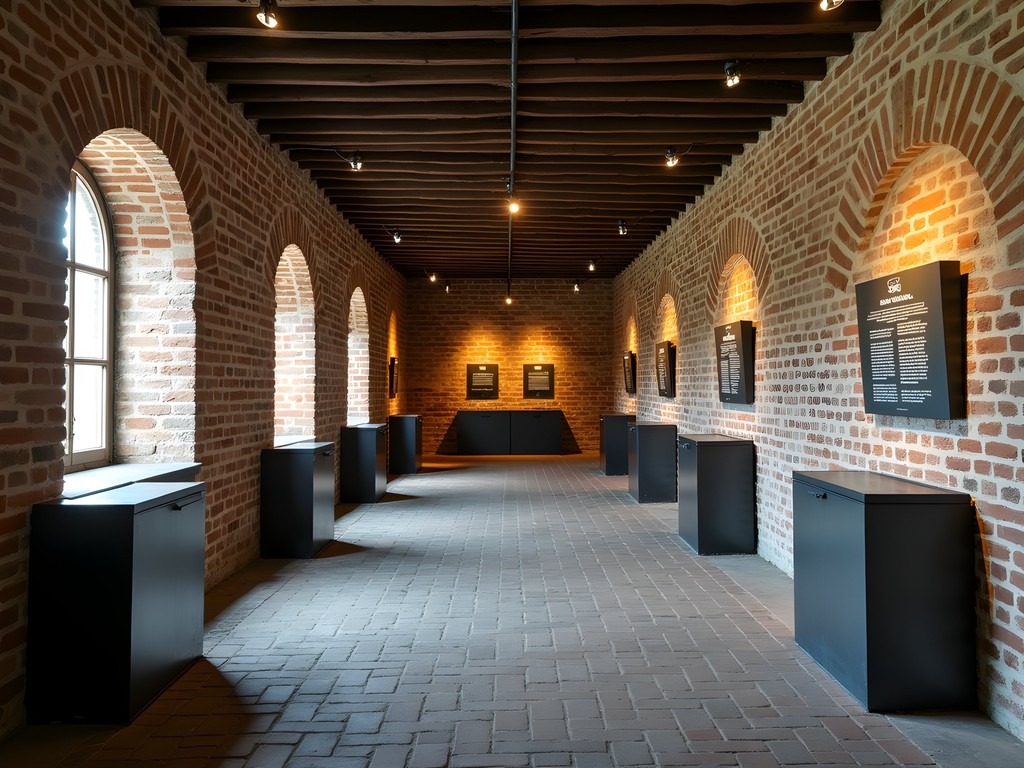
💡 Pro Tips
- Allow at least 90 minutes to properly experience the exhibitions
- Consider visiting with a guide for deeper historical context
- Be prepared for an emotionally challenging experience
3. Enigma Cipher Center: Cracking Codes in Poznan
Did you know that Polish mathematicians were the first to crack the German Enigma code? Before Alan Turing became the hero of Bletchley Park, three brilliant minds from Poznan University laid the groundwork that would eventually help win WWII.
The Enigma Cipher Center opened recently in the historic Collegium Martineum building, and it's a hidden gem that combines interactive exhibits with serious history. As someone who regularly deciphers doctors' handwriting (a skill comparable to wartime code-breaking, I assure you), I found the hands-on encryption activities absolutely fascinating.
My kids would have loved the interactive displays where you can try coding and decoding messages yourself. I spent nearly two hours here, completely losing track of time. To capture some of the intricate cipher machines, I used my clip-on smartphone lens for detailed close-ups – much less conspicuous than lugging around my full camera setup.
The center isn't on most tourists' radars yet, meaning you'll likely have the place largely to yourself – a true find for history buffs who prefer exploring without crowds.

💡 Pro Tips
- Visit on weekday mornings for the quietest experience
- Download the free companion app before your visit for enhanced exhibits
- Allow more time than you think – the interactive elements are addictive!
4. Archaeological Reserve Genius Loci: Poznan's Ancient Roots
Beneath Poznan's bustling streets lies evidence of the city's earliest beginnings. The Archaeological Reserve Genius Loci showcases the foundations of a 10th-century settlement that would eventually grow into modern Poznan.
What makes this site special is how it's literally built into the urban landscape – you descend below street level into an underground exhibition space where ancient stone walls emerge from the earth. The contrast between modern Poznan above and its medieval origins below creates a powerful time-travel experience.
As someone who's lived in Florence (where history is practically tripping you at every corner), I've developed a keen appreciation for these layered historical sites. The reserve is small but information-dense, with excellent English translations and atmospheric lighting that highlights the ancient stonework.
During my fall visit, the underground space provided welcome shelter from a sudden rain shower. I always pack my foldable rain jacket for these unpredictable European autumn days – it takes up minimal space in my daypack but has saved countless sightseeing plans!

💡 Pro Tips
- Combine with a visit to nearby Ostrów Tumski island for medieval context
- Photography is allowed but challenging in the low light – adjust your camera settings accordingly
- Check opening hours in advance as they change seasonally
5. Śluza Katedralna: The Cathedral Lock's Hidden Engineering Marvel
One of my favorite discoveries in Poznan came completely by accident. While wandering along the Cybina River one crisp autumn afternoon, I stumbled upon the Śluza Katedralna (Cathedral Lock) – a masterpiece of 19th-century hydraulic engineering that most tourists completely overlook.
Built in the 1830s as part of a massive water regulation project, this lock system controlled water levels between the Warta and Cybina rivers. What makes it special is how beautifully preserved the original mechanisms are – you can still see the massive wooden gates and iron gears that once moved them.
As someone who appreciates both form and function (much like choosing the perfect IV needle size!), I was fascinated by how the engineers combined practical necessity with architectural beauty. The brick structures have weathered into that perfect patina that makes photographers swoon.
I lucked out and met a local history enthusiast who explained how the lock system worked. For clear audio recording of his fascinating explanation, my pocket voice recorder proved invaluable – much better than trying to take notes while standing on a windy bridge!

💡 Pro Tips
- Visit around sunset for beautiful lighting on the brick structures
- Combine with a riverside walk to Ostrów Tumski for a lovely nature break
- Look for the information panels with historical photographs of the lock in operation
6. Bamberger Houses: Cultural Fusion in Architecture
As someone from a mixed cultural background myself, I'm always drawn to places where different cultures have blended to create something unique. The Bamberger Houses in Poznan's Jeżyce district tell the fascinating story of German settlers who came from Bamberg in the early 18th century and developed their own distinct cultural identity.
These charming, colorful houses with their distinctive architectural elements stand as testimony to Poznan's multicultural past. What's remarkable is how these settlers, known as Bambrzy, maintained their traditions while gradually integrating into Polish society – creating a unique cultural fusion visible in everything from the building styles to local customs.
The Ethnographic Museum has a dedicated exhibition about Bambrzy culture, but I found simply wandering the streets of Jeżyce with my travel guidebook more rewarding. The neighborhood feels wonderfully authentic, with local cafes where you can rest your feet while people-watching.
While photographing these architectural gems, I met an elderly resident who proudly traced her ancestry to these original settlers. These unexpected connections are why I travel solo – you're much more approachable and likely to have these spontaneous cultural exchanges.
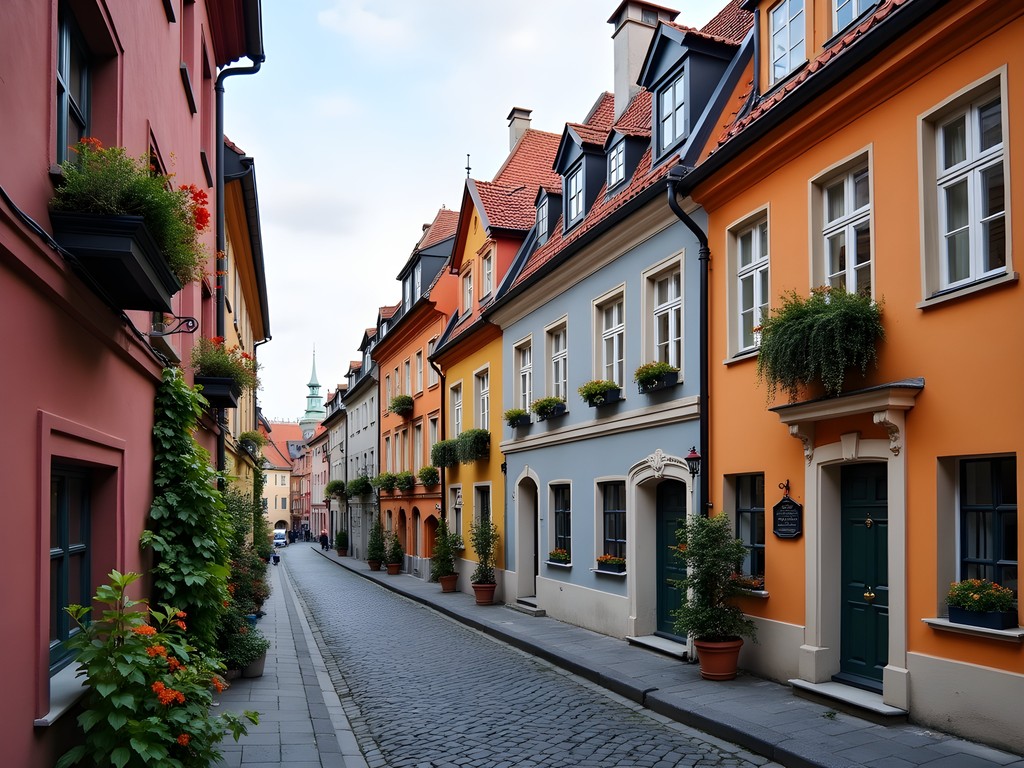
💡 Pro Tips
- Visit the Ethnographic Museum first for context before exploring the neighborhood
- The area is perfect for a self-guided walking tour – download a map in advance
- Try the local St. Martin's croissants in one of the neighborhood cafes
7. Poznan Army Museum: Beyond the Expected Military Collection
I'll admit it – I'm not typically drawn to military museums. They often feel like repetitive collections of weapons and uniforms. But Poznan's Army Museum (Muzeum Uzbrojenia) surprised me with its thoughtful approach to military history.
Located in another section of the Cytadela complex, this museum goes beyond glorifying warfare to examine its human impact. The exhibition on field medicine particularly resonated with my nursing background – the evolution of battlefield medical techniques has influenced modern emergency medicine in countless ways.
What makes this museum special is its focus on personal stories. Each uniform, weapon, or medal is connected to an individual's experience, making history tangible and relatable. The outdoor exhibition of military vehicles is impressive, but it was the small personal items – a soldier's diary, a handmade chess set from a POW camp – that moved me most deeply.
The museum was surprisingly chilly during my autumn visit, so I was thankful for my packable down vest that added warmth without bulk. Perfect for those transitional fall days when indoor/outdoor temperature differences can catch you unprepared.
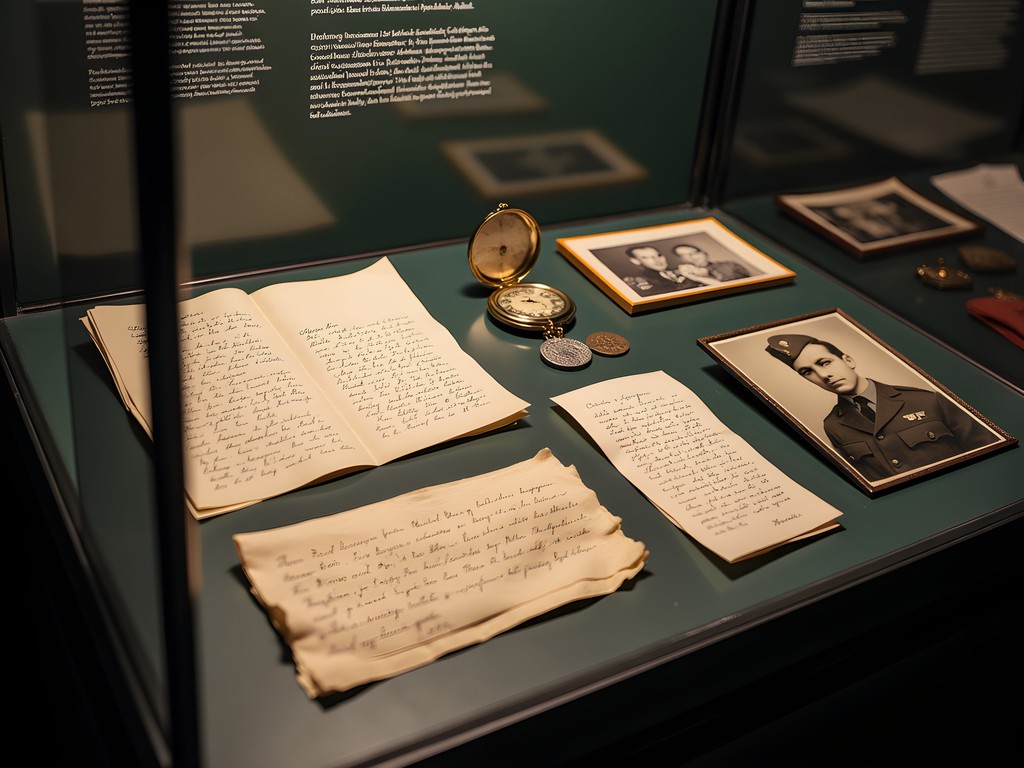
💡 Pro Tips
- Allow at least 2 hours to properly explore both indoor and outdoor exhibits
- Download the free audio guide app for excellent English explanations
- Visit on Thursday for free admission (otherwise it's very affordable at 12 PLN)
Final Thoughts
Poznan taught me that sometimes the most meaningful travel experiences happen when you step away from the postcard views and tourist crowds. These seven historical sites offered me a deeper understanding of this resilient Polish city – from ancient foundations to WWII trauma to engineering marvels.
As a nurse, I'm trained to look beyond surface symptoms to understand the whole patient. Similarly, exploring these overlooked historical gems allowed me to see beyond Poznan's pretty Old Town façade to appreciate its complex, layered identity.
What struck me most was how affordable this historical exploration was – most sites cost under 15 PLN (about 3€), with several offering free admission days. This makes Poznan perfect for budget-conscious solo travelers who want substance over spectacle.
Next time you're planning a European city break, consider giving Poznan a weekend of your time. Come in autumn when the tourist crowds have thinned, the foliage creates a golden backdrop for those historic brick buildings, and you can warm up with hearty Polish comfort food after a day of exploration. Your wallet – and your curiosity – will thank you!
✨ Key Takeaways
- Poznan's most meaningful historical sites are often outside the touristy Old Town area
- Fall offers the perfect combination of fewer crowds, beautiful colors, and comfortable exploration temperatures
- Most hidden historical sites are extremely budget-friendly, with entrance fees under 15 PLN (3€)
📋 Practical Information
Best Time to Visit
September-October for fall colors and fewer tourists
Budget Estimate
€150-200 for a weekend including accommodations, food and all entrance fees
Recommended Duration
2-3 days
Difficulty Level
Easy

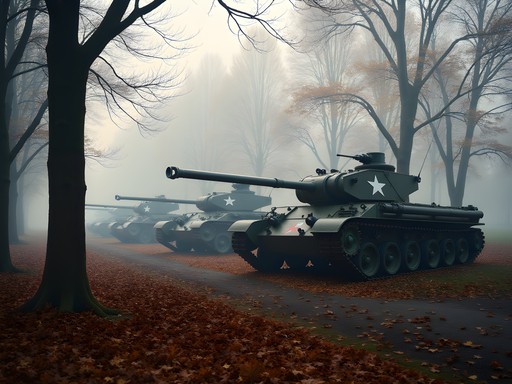
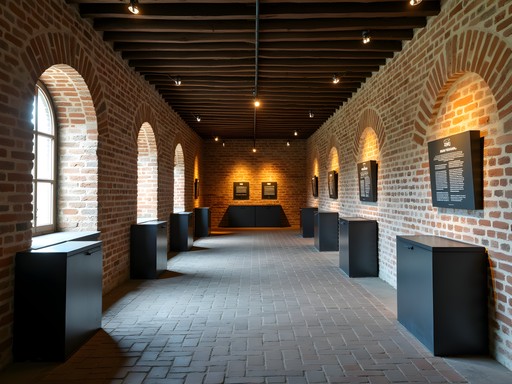

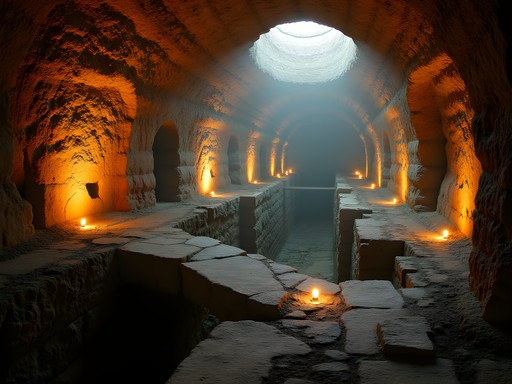
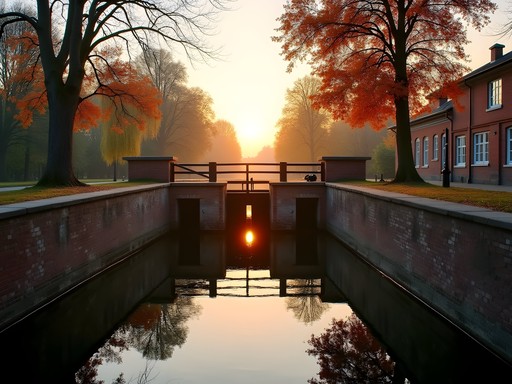
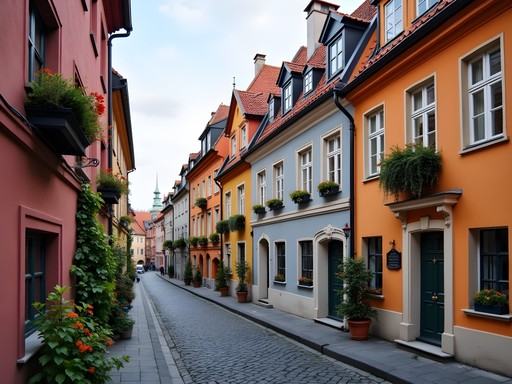


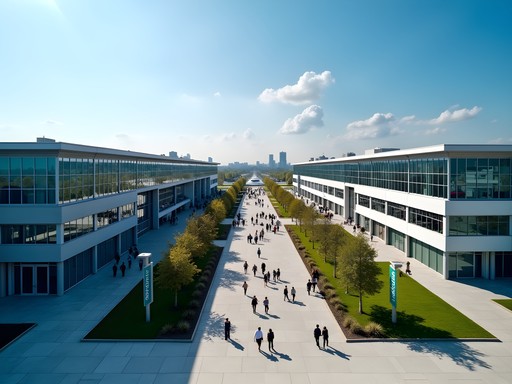

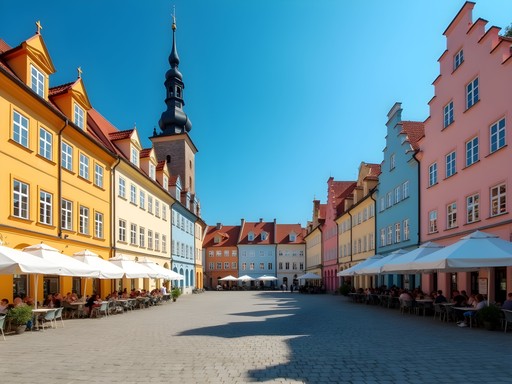

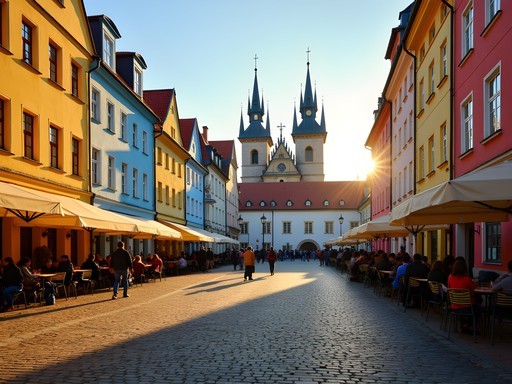



Comments
starmood
Just returned from Poznan last week and used your guide to explore beyond the Old Town - thank you! The Enigma Cipher Center was the highlight for me. I'm a bit of a WWII history nerd and had no idea that Polish mathematicians were so instrumental in breaking the code before Bletchley Park. The interactive exhibits were fantastic. We also stumbled upon a small museum about the 1956 Poznan Protests that wasn't on your list but fits perfectly with the hidden history theme. It's called the Poznań June 1956 Museum and documents the first major anti-communist uprising in Poland.
Samantha Yamamoto
Thanks for the tip about the 1956 Protests museum! I completely missed that one. Adding it to my list for next time!
waveexplorer
Great post! How much time would you recommend for visiting Fort VII? Is it something you can see in an hour or does it need more time?
Samantha Yamamoto
I'd recommend at least 2 hours for Fort VII. The exhibits are quite moving and deserve time for reflection. There's also quite a bit of ground to cover!
Taylor Moreau
Brilliant piece on Poznan's lesser-known historical sites. I've been traveling to Poland quarterly for business meetings and can confirm that Cytadela Park is absolutely worth visiting - particularly at sunset when the light hits the war memorials. If I might add another suggestion: the Imperial Castle (Zamek Cesarski) offers fascinating guided tours that explain its complex history from German imperial residence to Nazi headquarters to Communist-era cultural center. I always recommend my colleagues bring the Poland travel guide as it has excellent maps of these off-the-beaten-path locations that Google Maps sometimes struggles with.
starmood
Thanks for mentioning the Imperial Castle! I completely missed it on my last trip. Do you know if they offer English tours?
Taylor Moreau
Yes, they do offer English tours at 11am and 2pm daily. Best to book ahead on their website though!
freeone
Cool post! Never heard of most of these places!
oceanone7580
This is exactly what I needed! I've been to Poznan twice but only saw the typical Old Town spots. Fort VII sounds particularly intriguing - I had no idea about Poznan's Holocaust history. Did you find it difficult to get to these places using public transport? I'll be back in September and definitely want to check out the Enigma Center since my grandfather was actually a code enthusiast during WWII.
Samantha Yamamoto
Public transport in Poznan is actually quite good! For Fort VII specifically, bus #182 gets you pretty close, then it's just a short walk. The Enigma Center is right in the city and easy to reach. Your grandfather would've found it fascinating!
oceanone7580
Thanks so much for the bus tip! Adding these to my itinerary now.
Hunter Thompson
Mate! This is EXACTLY the kind of content I live for! Been to Poznan twice but stuck to the typical tourist trail. Heading back in October and definitely checking out the Enigma Cipher Center - what a find! As a massive WWII history nerd, I can't believe I missed this connection to Bletchley Park. Your nursing conferences are clearly paying off in travel knowledge dividends! Quick tip for anyone visiting: the local craft beer scene in Poznan is surprisingly good too - perfect after a day of historical exploration. Cheers for the inspo!
coffeeguide
Hunter - any specific beer places you'd recommend? Planning my first trip there!
Hunter Thompson
Piwna Stopa was my favorite! Small place but amazing selection of local brews. The bartenders are super knowledgeable too!
mountainfan
THANK YOU for writing about the non-touristy side of Poznan!! I'm so tired of seeing the same Old Town photos everywhere! Heading to Poland next month and definitely adding these spots to my itinerary. The Enigma Center looks AMAZING and I'm a huge history nerd so Fort VII is a must-visit too. Did you find it easy to get around to these places using public transport?
Samantha Yamamoto
Public transport worked well for most sites! Cytadela and Enigma Center are fairly central. Fort VII is trickier - I used the Jakdojade app that Gregory mentioned above, which was super helpful for planning routes. Enjoy your trip!
wanderguy
Great photos! Love the one of the bunkers at sunset.
nomadwanderer6964
Just got back from Poznan and visited Fort VII based on your recommendation. Incredibly moving experience. The guided tour was in Polish but they provided English materials. Definitely not the typical tourist experience but so important to understand this darker chapter of history.
Samantha Yamamoto
So glad you found it meaningful. It's those off-the-beaten-path experiences that often stay with us the longest.
Charlotte Watkins
Samantha, thank you for highlighting these hidden gems! We visited Poznan with our teenage kids last summer and I wish we'd had your guide then. We did stumble upon the Archaeological Reserve Genius Loci by chance and it was fascinating - our history-buff son was absolutely enthralled seeing the ancient foundations. If anyone's planning to visit with family, I'd suggest getting the Poznan City Card which covers public transport and entry to several museums. Made our explorations so much easier, especially with teenagers who get cranky about walking too much!
Venture X
Premium card with 2X miles, $300 travel credit, Priority Pass